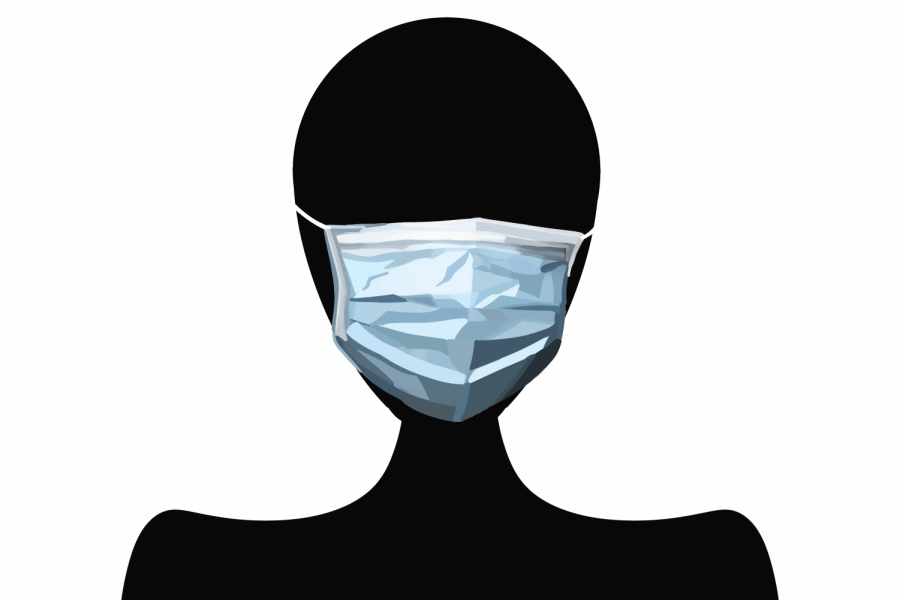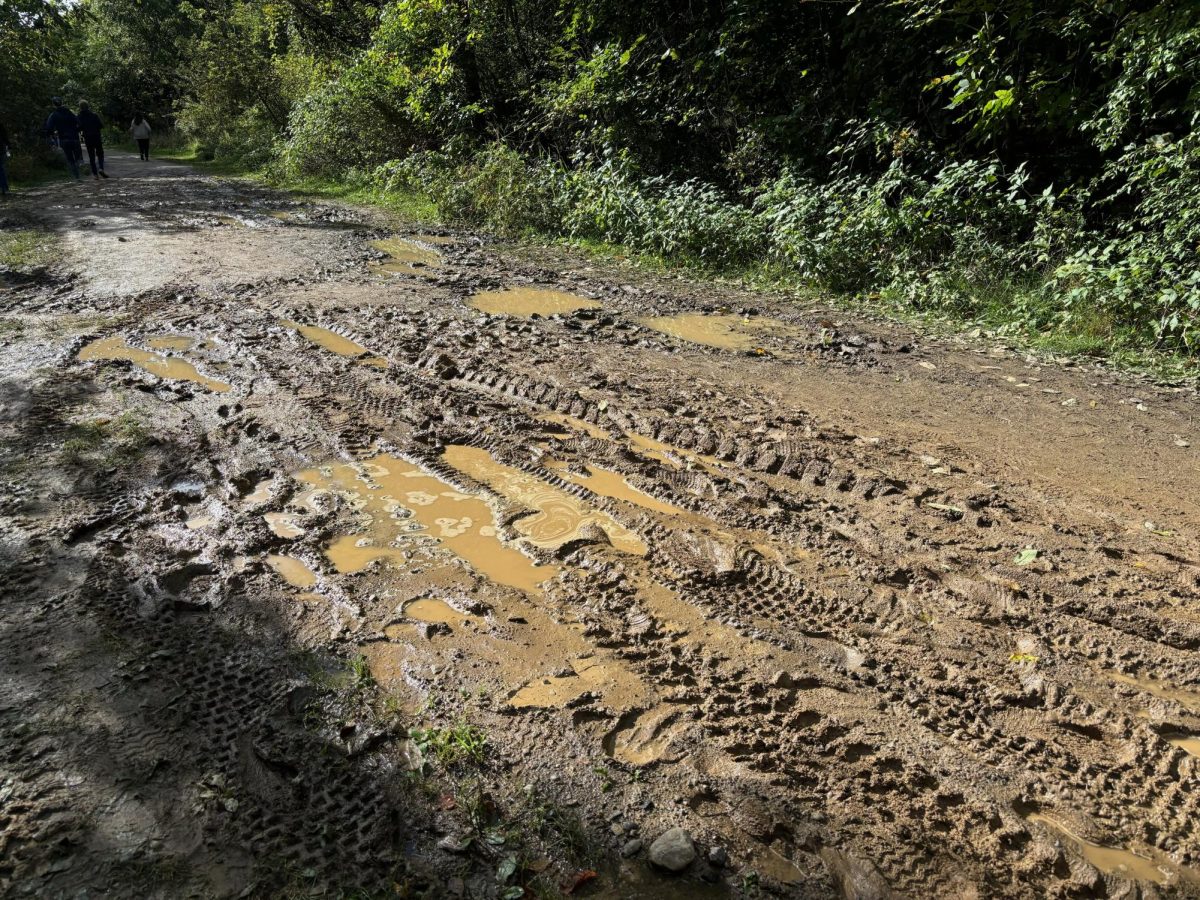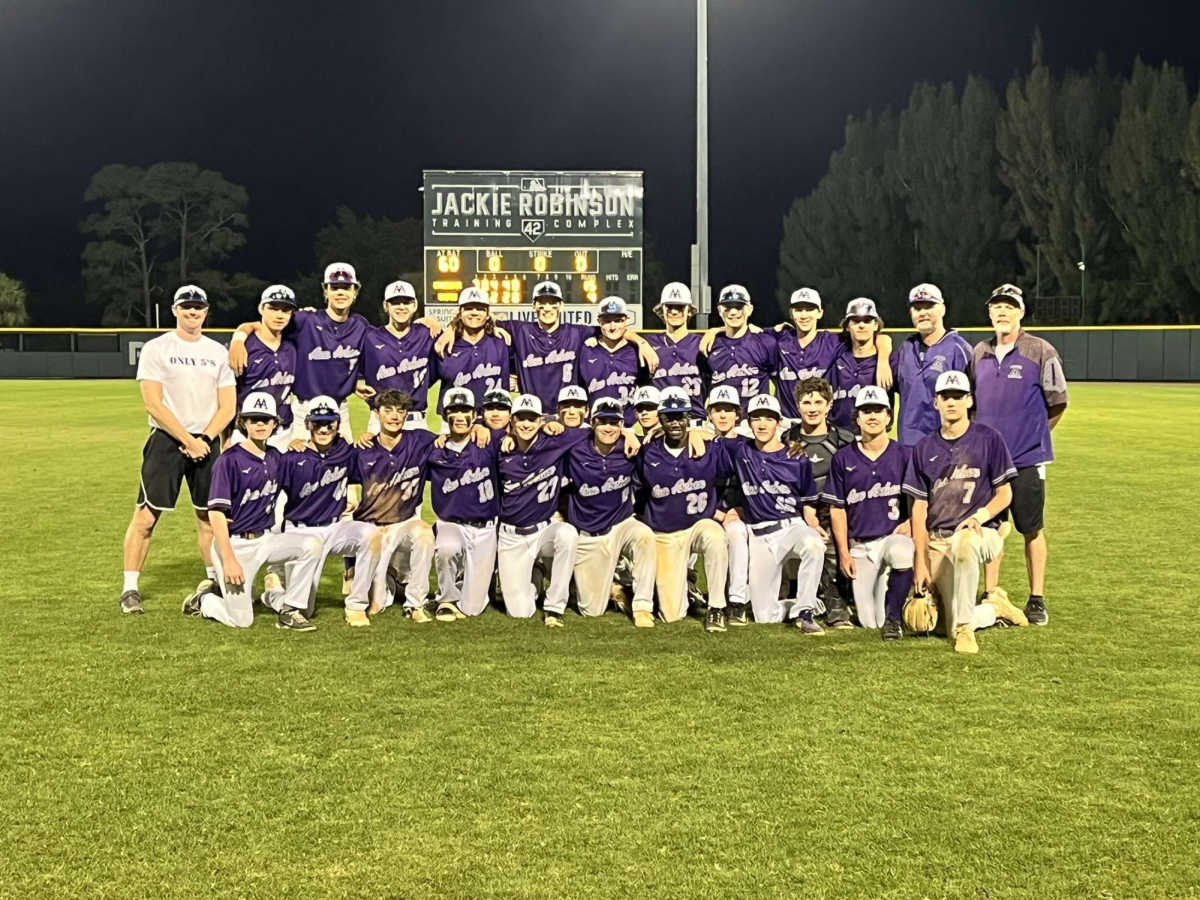The 2019 coronavirus
February 10, 2020
As of Feb. 9, 2020, the 2019 coronavirus epidemic has reached new heights. Approximately 903 people have died, and there are over 40,000 confirmed cases worldwide.
The virus expanded out of a cluster of cases in the Huanan Seafood Wholesale Market in Wuhan, China. The first carrier of the disease, however, was likely not a worker at or a patron of the market.
According to the latest research, it was most likely a bat.
“[The] speculation is that this new [coronavirus] from 2019 [first] existed probably in some species of bat,” said University of Michigan microbiologist Kathy Spindler. “Then that bat somehow transmitted the virus to what we call an intermediate host. That intermediate host could be a mammal; could be a bird; could be some other animal and then that animal likely transmitted the virus to people.”
After humans caught the virus from this intermediate carrier, the disease spread outwards rapidly. A respiratory illness, the coronavirus spreads through actions such as talking, breathing and sneezing. Symptoms — which can range from almost nonexistent to deadly — include fevers, coughing and shortness of breath.
At first, the coronavirus was confined to China solely, but international travel quickly led to cases filtering into other nations. As of Feb. 9, 28 nations or territories have confirmed cases.
The 2019 coronavirus is not the first coronavirus to terrorize the globe. ‘Coronavirus’ is a classification for viruses that have a distinctive crown shape when seen under an electron microscope. Generally, these coronaviruses have mild, common cold-like symptoms. Rarer coronaviruses, however, can cause more severe infections with pneumonia-like symptoms and can be deadly. The 2019 coronavirus is an example of such a deadlier coronavirus, joining the previous SARS and MERS coronaviruses.
Currently, the fatality rate of the 2019 coronavirus sits at approximately 3%, and its basic reproduction number — the number of people one infected person will likely infect — is at two. Both are below figures for SARS, although the raw death toll for 2019 coronavirus has already surpassed the 774 people who died in the SARS epidemic.
Dr. Spindler, however, emphasizes how preliminary these statistics are.
“We don’t really have a good measure of [the 2019 coronavirus],” Spindler said. “The reason we don’t have a good measure of its deadliness is because that’s based on a case fatality rate. And we don’t really have a good measure of the [fatality rate] because we’re only getting reports for the most part of the deadliest cases, and scaling down from there. So the deadliness aspect is going to be refined over time as we get more data.”
Governments around the globe have reacted to the epidemic with varying degrees of severity. Many countries have quarantined those known to have come into contact with the virus. The U.S. has gone so far as to issue a travel advisory warning Americans not to go to China, as well as requiring a two-week quarantine for anyone who has traveled in any part of China associated with the epidemic.
As to the potential danger for the 2019 coronavirus to become a global pandemic, Dr. Spindler still thinks it is too early to tell.
“It certainly has the potential to spread globally,” Spindler said. “It already has [spread] all throughout Asia, Australia, Germany, [the] United States, France, Canada, the United Arab Emirates [and] Italy. Whether it [will] rise to the level of a pandemic, I can’t predict at this point.”
Spindler feels, however, that some of the international response has definitely been an overreaction.
“As for the travel ban, things like that to me start to get a bit political,” Spindler said. “They picked 14 days as the timeline for quarantine, but I think that we don’t know how long a person is contagious and it might be shorter than that 14 days. There’s also some data showing that the quarantining in China is not going to make any difference in the spread of the virus between [last] December and next August. I think it’s legitimate, [and] that’s really striking.”
However, Dr. Spindler believes there is a simple way for individuals to help stop the spread of coronavirus .
“Handwashing is the most important thing that you can do during flu season, which is now,” Spindler said. “So the same thing holds true for coronavirus; washing with soap and water is the best thing you can do [to prevent the spread].”












